AI Timing for Parasitoid Releases
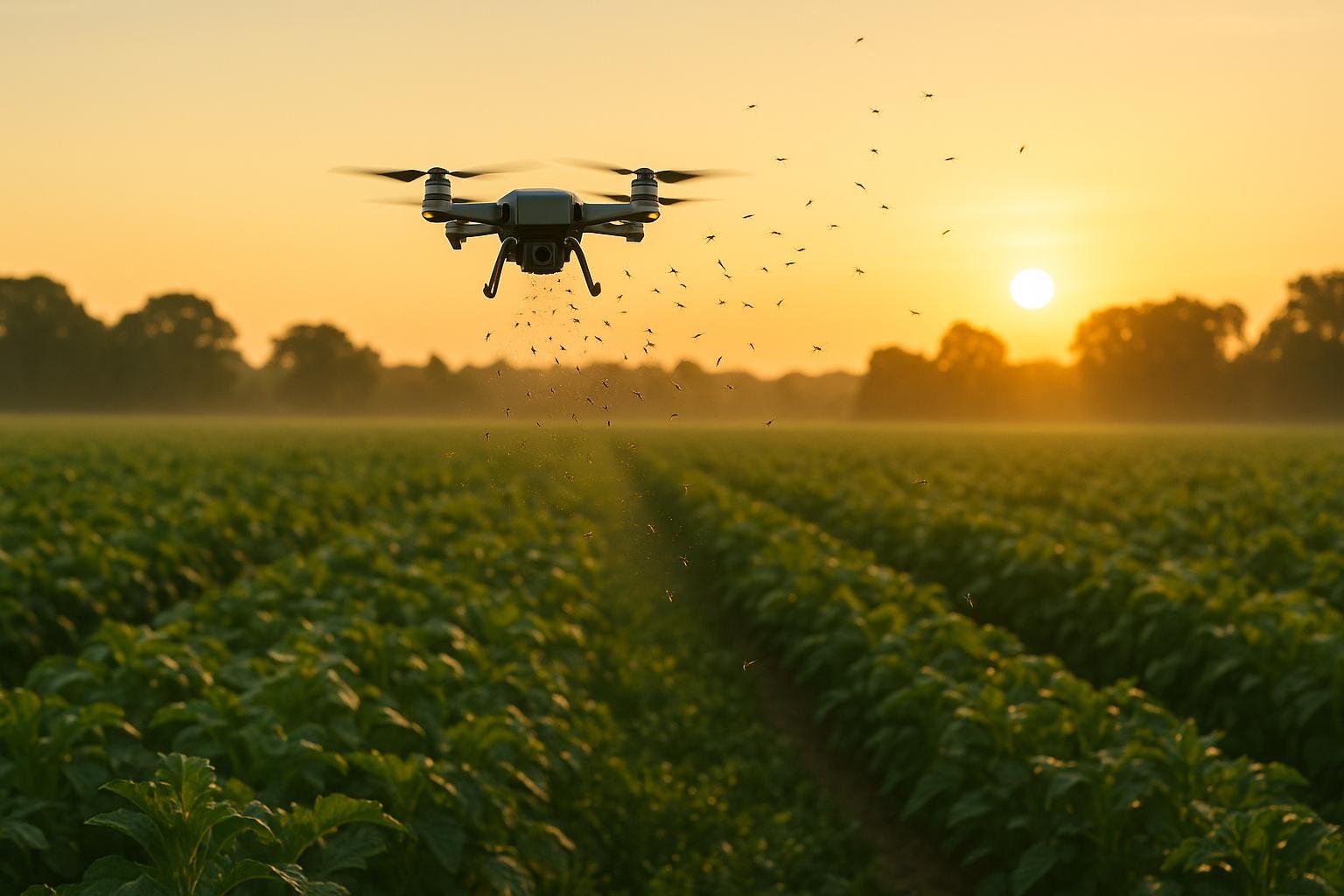
Timing is everything when it comes to using parasitoids for pest control. These natural pest-management agents are highly effective but only during specific stages of their host's life cycle. Missing the right window - whether due to outdated calendar schedules or inaccurate field monitoring - can lead to wasted efforts and increased costs.
AI offers a smarter solution by analyzing real-time weather, pest activity, and historical data to determine the best release times. Unlike manual methods, AI adjusts to changing conditions, improving precision and reducing labor. While challenges like cost, connectivity, and data access exist, AI-driven systems significantly outperform older approaches with accuracy rates of 92–97%, compared to 70–75% for traditional methods.
Key Takeaways:
- Parasitoids must be released during specific pest stages (e.g., emerald ash borer eggs are vulnerable for only 7–10 days).
- Traditional methods (fixed dates, manual scouting, degree days) often fail due to inflexibility or incomplete data.
- AI uses real-time inputs to fine-tune release timing, reducing errors and improving pest control outcomes.
- Challenges include upfront costs, rural connectivity issues, and data reliability.
AI is reshaping pest control, offering precise, data-driven decisions that reduce pesticide use, labor, and costs while improving effectiveness.
Precise , Immediate AI Pest Management

Problems with Standard Parasitoid Release Timing
Traditional methods for releasing parasitoids often fail to adapt to changing pest and environmental conditions. Timing is everything when it comes to effective biological pest control, and unfortunately, standard practices often miss the mark.
Manual Timing Methods and Their Issues
Many growers stick to fixed calendar dates for releasing parasitoids, ignoring real-time data on pest and environmental conditions. This inflexible approach doesn't account for how pest life cycles shift with weather patterns. For example, an early release during an unexpectedly cold season can render the effort ineffective.
Another challenge is the reliance on manual scouting. Field scouts visually inspect crops to assess pest activity, but this method is time-consuming, varies by observer, and struggles to cover large areas effectively.
Some growers turn to degree day calculations, which estimate pest development based on accumulated heat units. While more scientific, these calculations often depend on weather station data that might not reflect the unique microclimates of individual fields.
The lack of integration between these methods creates a fragmented approach, making it difficult to make timely and accurate release decisions. This disjointed process often results in subpar pest control outcomes.
The Impact of Poor Timing on Pest Control
When parasitoid releases are mistimed, the effectiveness of pest control takes a hit. Releasing too early might mean the parasitoids miss the ideal host stage, while releasing too late lets pest populations grow past their most vulnerable point.
Mistiming doesn’t just waste biological agents - it can lead to costly emergency measures. For instance, growers may have to resort to unexpected pesticide applications, which drive up expenses and disrupt integrated pest management (IPM) strategies.
Repeatedly mismanaging release timing can erode confidence in biological control methods, pushing growers back toward chemical solutions. This shift can have ripple effects, like harming beneficial insect populations and sparking secondary pest outbreaks, further complicating the growing season and increasing overall costs.
How AI Improves Parasitoid Release Timing
AI takes parasitoid release timing to the next level by using dynamic, data-driven strategies that leave outdated fixed schedules in the dust.
Smarter Decisions with Real-Time Data
AI pulls together a mix of local weather patterns, historical data, and pest activity to determine the best times for releasing parasitoids. By analyzing these factors, it identifies the most effective release windows, ensuring decisions are tailored to current and past conditions. This kind of precision allows for real-time adjustments that can make a big difference in pest control outcomes.
Adapting to Changing Conditions
AI-powered systems thrive on flexibility, adjusting recommendations as conditions shift throughout the growing season. For instance, if unexpected weather changes occur, AI quickly recalibrates release strategies without waiting for manual inspections. It also handles complex scenarios, like managing multiple pest species, by suggesting staggered or combined releases. Over time, these systems get even smarter, learning from past results to fine-tune their advice and improve pest management strategies.
sbb-itb-4d6a8dd
🚀 Ready to Reinvent Your Garden?
Join thousands of homeowners who have transformed their gardens using our AI design tool. Upload one photo to explore endless possibilities.
Get your AI garden designs →Benefits and Factors of AI-Driven Timing
Using AI for parasitoid releases offers better timing, lowers labor demands, and trims costs. However, it’s not without its challenges.
Comparison of AI-Driven and Standard Methods
AI-based methods outperform traditional approaches by offering more precise timing, reducing the need for extensive field scouting, and providing long-term cost efficiency. While the initial investment might be higher, these benefits often outweigh the upfront costs. That said, factors like data quality, expenses, and system integration need to be carefully considered.
Main Challenges in Using AI Systems
Despite its advantages, implementing AI systems comes with some real-world obstacles:
- Reliable access to critical data - such as weather conditions, pest activity, and soil metrics - can be difficult, especially in remote farming areas.
- The upfront costs for licenses, specialized hardware, and connectivity can be a barrier for smaller farms or operations.
- Basic technical know-how is required to interpret AI insights, fix connectivity issues, and adjust sensors when needed.
- Connectivity problems in rural areas can delay real-time data transmission. Even with cellular backups, these delays can increase operational costs.
- Integrating AI tools into existing farm management software can be tricky. Farmers often rely on multiple platforms for various tasks, and ensuring that new AI systems work smoothly with these existing tools may require detailed planning - or even custom programming solutions.
Conclusion: The Future of Pest Control with AI
AI is reshaping how we manage pests, offering a smarter, more efficient approach for farmers, home gardeners, and landscapers alike.
With accuracy rates reaching 92–97% - a significant leap from the 70–75% achieved by traditional methods - AI takes the guesswork out of parasitoid release timing. This precision means fewer failed attempts and better pest control. Plus, it brings tangible benefits: reduced pesticide use, lower labor demands, and a 15–25% boost in growth, all while trimming overall costs [1].
Take AIGardenPlanner, for example. This tool combines AI with garden photos, climate data, soil conditions, and pest information to create tailored growing guides. By factoring in local conditions, it helps gardeners develop resilient landscapes, bridging the gap between diverse environments across the country.
AI also excels at adapting to regional differences. Whether you're dealing with Florida's humidity, Arizona's dry heat, or Oregon's milder climate, AI systems analyze weather patterns, pest cycles, and microclimates to pinpoint the perfect timing for releasing beneficial insects.
The potential doesn't stop there. As satellite imagery, machine learning, and real-time environmental monitoring continue to advance, AI will make precision pest management accessible to everyone - even small-scale gardeners. With improving rural connectivity and decreasing costs, the same tools used by large-scale agricultural operations could soon be within reach for backyard gardeners.
The future of pest control is rooted in data and precision. AI-timed parasitoid releases are just the start of a broader shift toward sustainable, nature-driven solutions for managing pests in gardens and landscapes across the nation.
FAQs
How does AI help determine the best time to release parasitoids for pest control?
AI leverages cutting-edge algorithms to process real-time data - like weather conditions, pest population dynamics, and interactions between pests and their natural enemies - to determine the perfect moment for releasing parasitoids. This ensures the releases happen when pests are at their weakest, boosting the overall success rate.
Traditional pest control methods often depend on fixed schedules or manual monitoring, which can miss crucial timing. In contrast, AI combines data from various sources to deliver highly accurate, data-backed recommendations. The result? More efficient pest control, fewer unnecessary releases, and significant savings in both time and resources.
What challenges do farmers face when using AI for timing parasitoid releases?
Challenges in Adopting AI for Parasitoid Release Timing
Farmers face several hurdles when integrating AI technologies for determining the best timing for parasitoid releases. One major obstacle is the high initial cost of implementing these systems, which can be particularly daunting for smaller farms with limited budgets. Investing in such advanced tools often requires significant financial resources upfront, making it less accessible for many.
Another key issue is the need for large, high-quality datasets to ensure the AI system works effectively. Collecting and maintaining these datasets can be challenging, especially in regions where data collection infrastructure is limited or where such information is difficult to gather.
On top of that, the accuracy and reliability of AI predictions can vary widely depending on the agricultural setting. Differences in climate, pest behavior, and crop types introduce complexities that may affect the system's performance. This means farmers must regularly monitor and fine-tune the AI to adapt to their specific conditions, adding another layer of effort to its adoption.
How can AI systems adjust pest control strategies to suit different climates and regions?
AI-powered pest control systems are designed to work effectively in different climates and regions by analyzing real-time environmental factors like temperature, humidity, and soil conditions. Using predictive analytics and machine learning, these systems can predict pest activity based on local weather patterns and seasonal shifts, allowing for targeted and timely actions.
By customizing pest control methods to fit specific regional needs, AI not only enhances the accuracy of pest management but also minimizes unnecessary treatments. This method promotes healthier ecosystems and encourages more sustainable pest control practices across a variety of environments in the United States.
🎨 Visualize Your Dream Garden Today!
Transform any outdoor space into a professional landscape design in minutes. Just upload a photo, choose your style, and let our AI do the rest.
Start your garden transformation now →Related posts
Related Articles
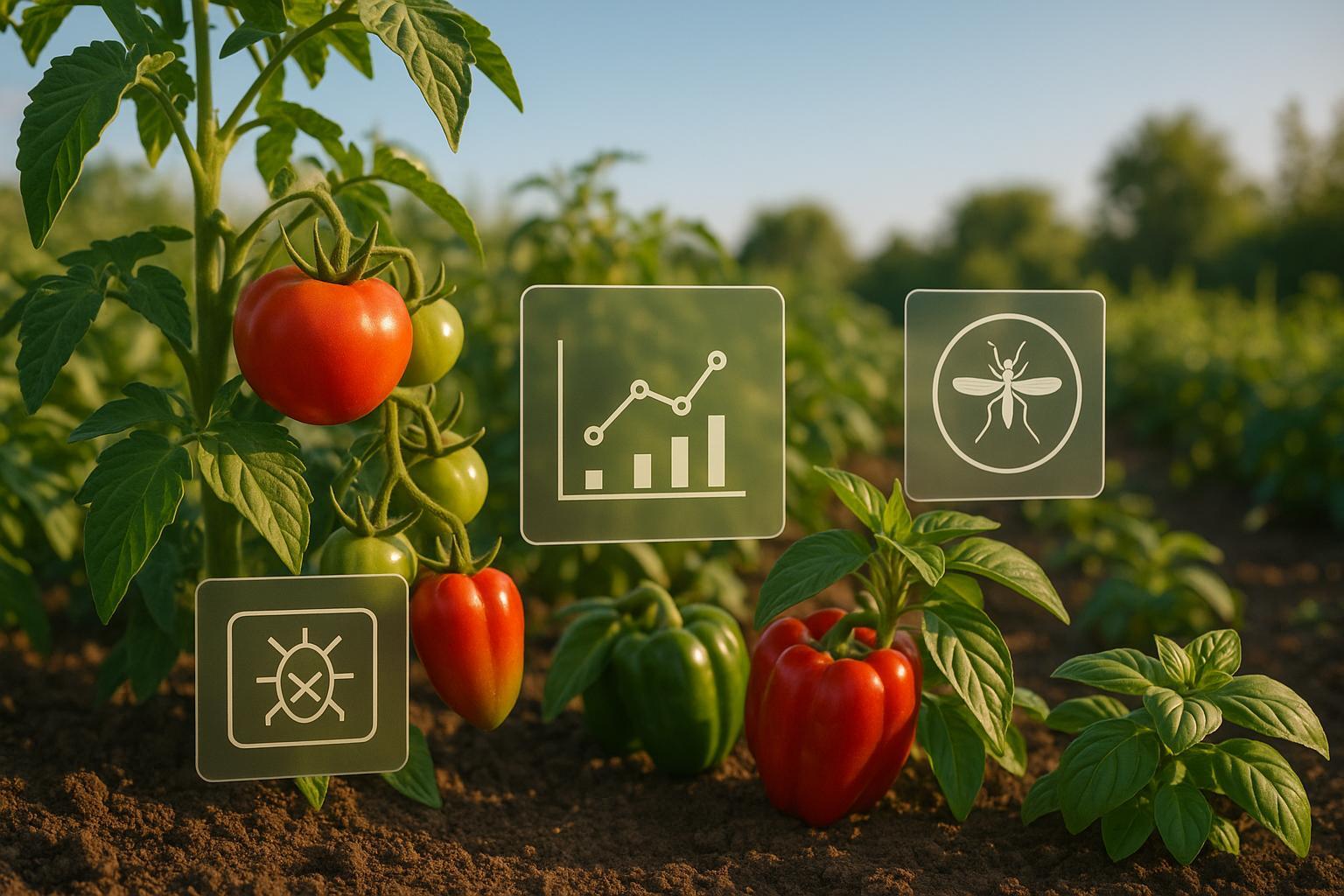
AI in Gardening: Climate-Specific Pest Solutions
Explore how AI is revolutionizing pest control with climate-specific solutions that enhance gardening practices and reduce environmental impact.

Effective Strategies for Asiatic Garden Beetle Control
Discover key factors and methods for controlling and preventing Asiatic garden beetle infestations. Learn about identification, preventive measures, and various control options.
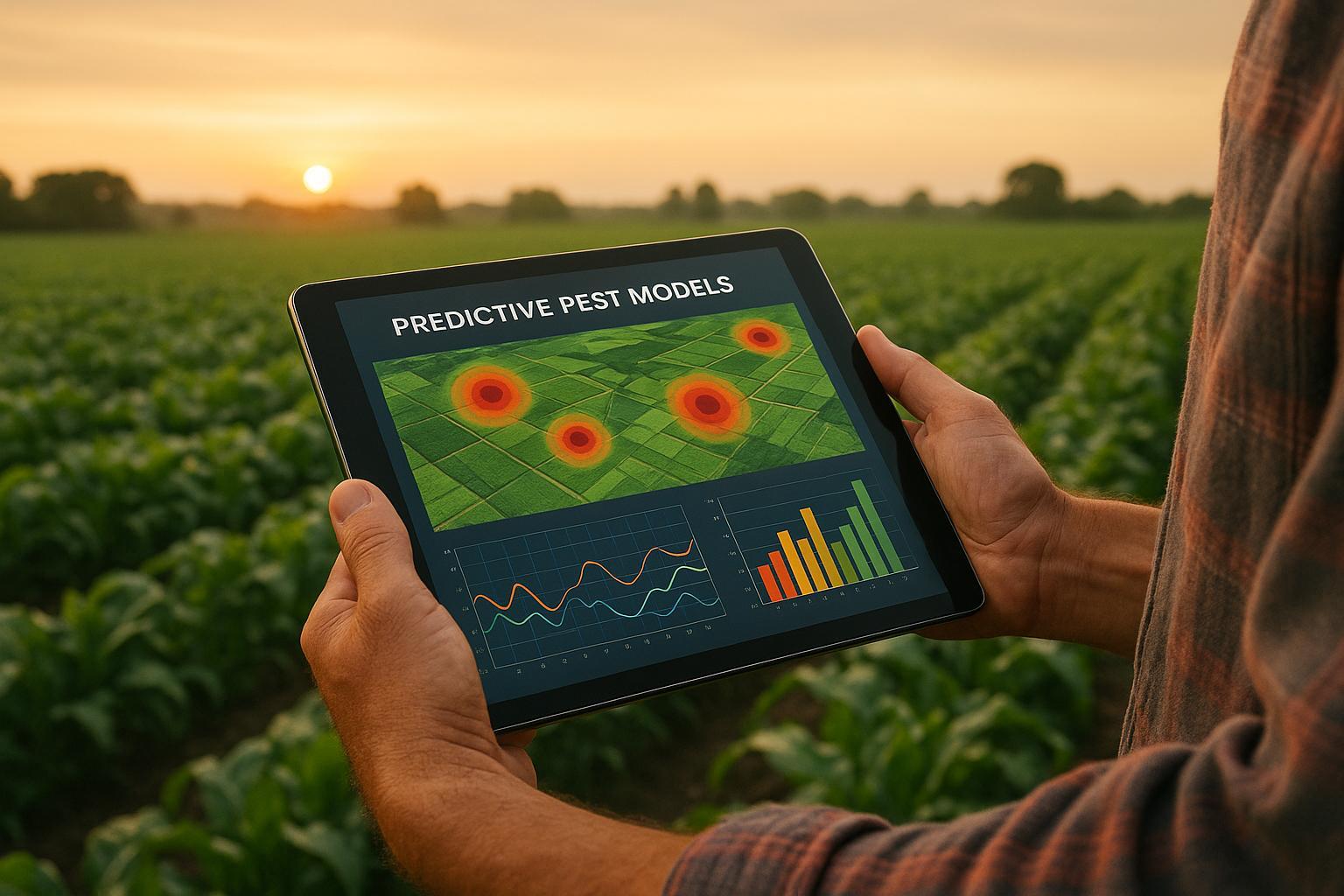
Predictive Pest Models: How They Work
Explore how predictive pest models harness data and AI to forecast infestations, reduce pesticide use, and enhance crop yields sustainably.
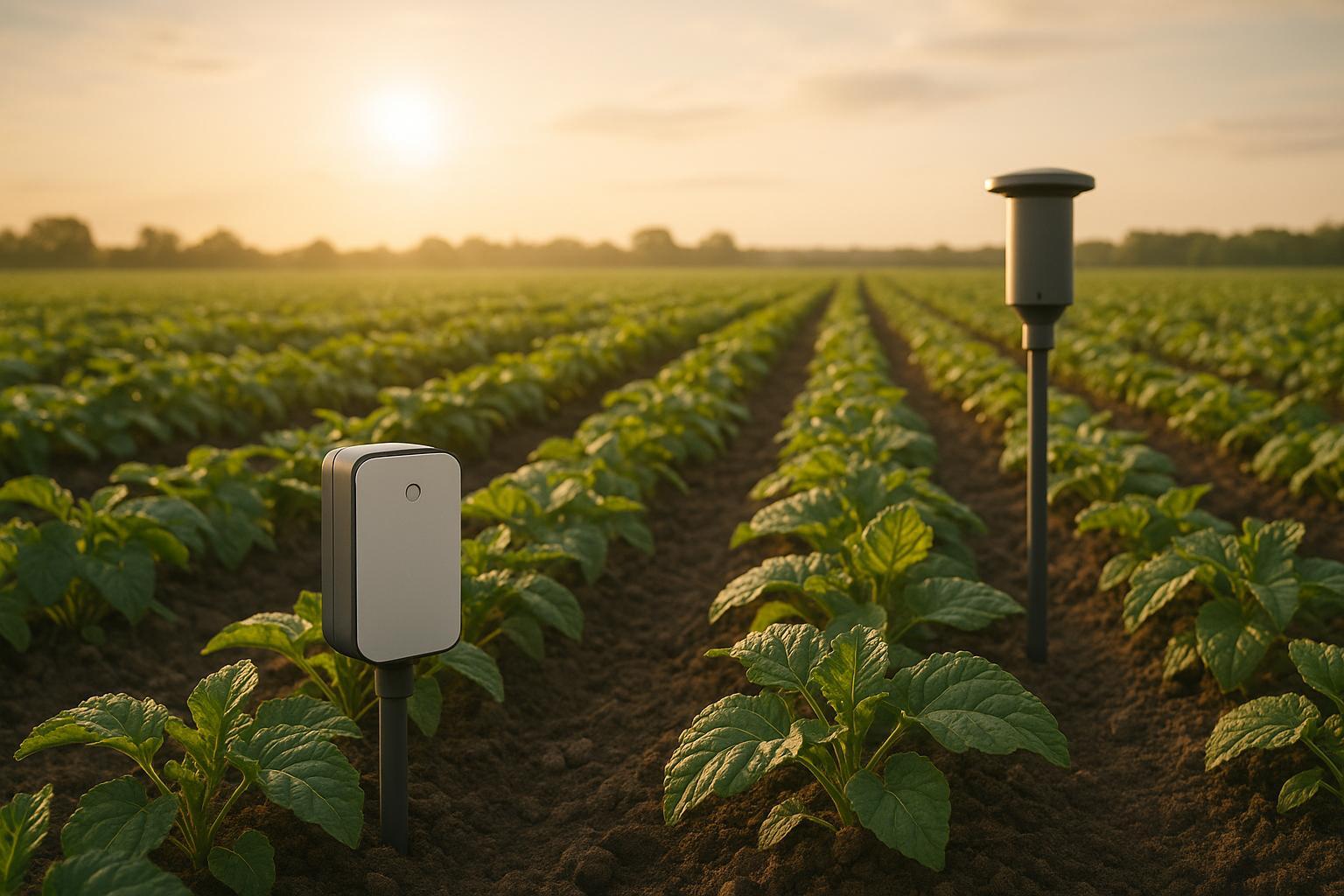
How AI Sensors Sync Data for Pest Control
Explore how AI sensors are revolutionizing pest control with real-time data syncing and precise detection for effective crop protection.
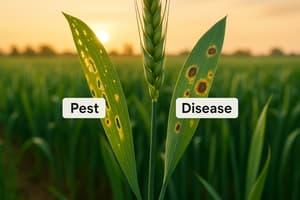
Pest vs. Disease: AI Detection Methods
Explore how AI distinguishes between pests and diseases in plants, enhancing detection methods for better garden and crop management.
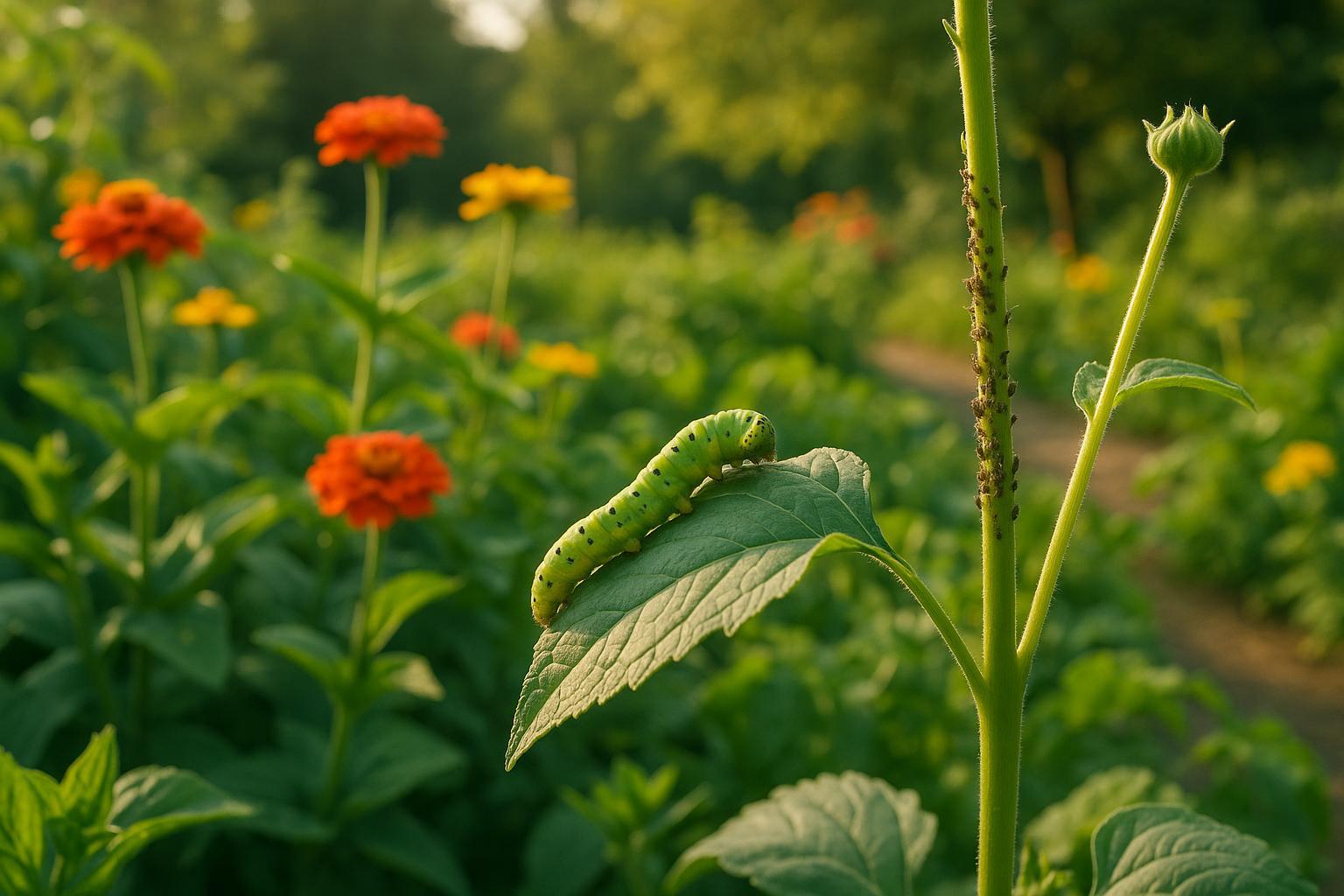
How Climate Affects Pest Risks in Gardens
Climate change is altering pest behaviors, leading to increased risks in gardens. Learn how to adapt and manage these challenges effectively.